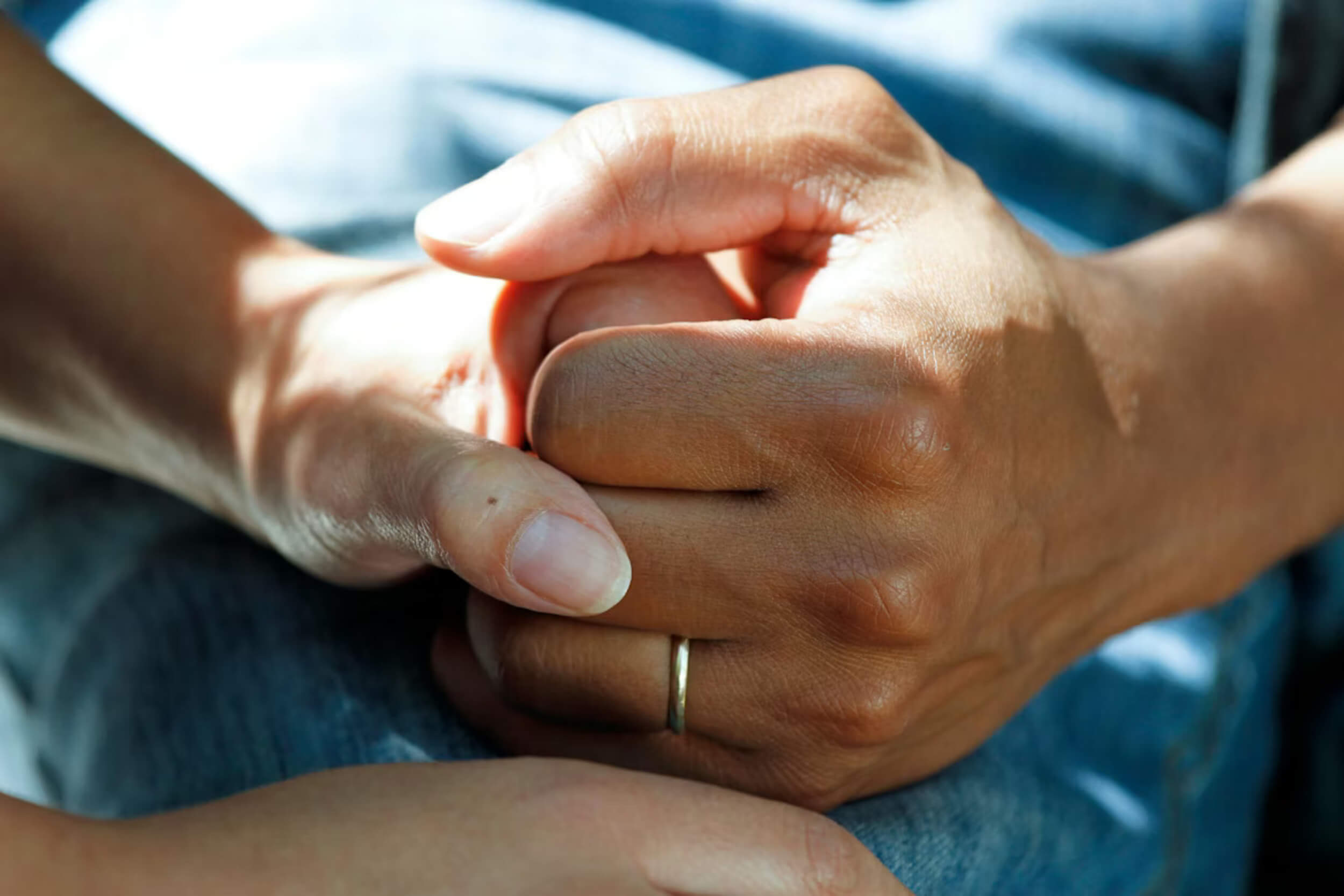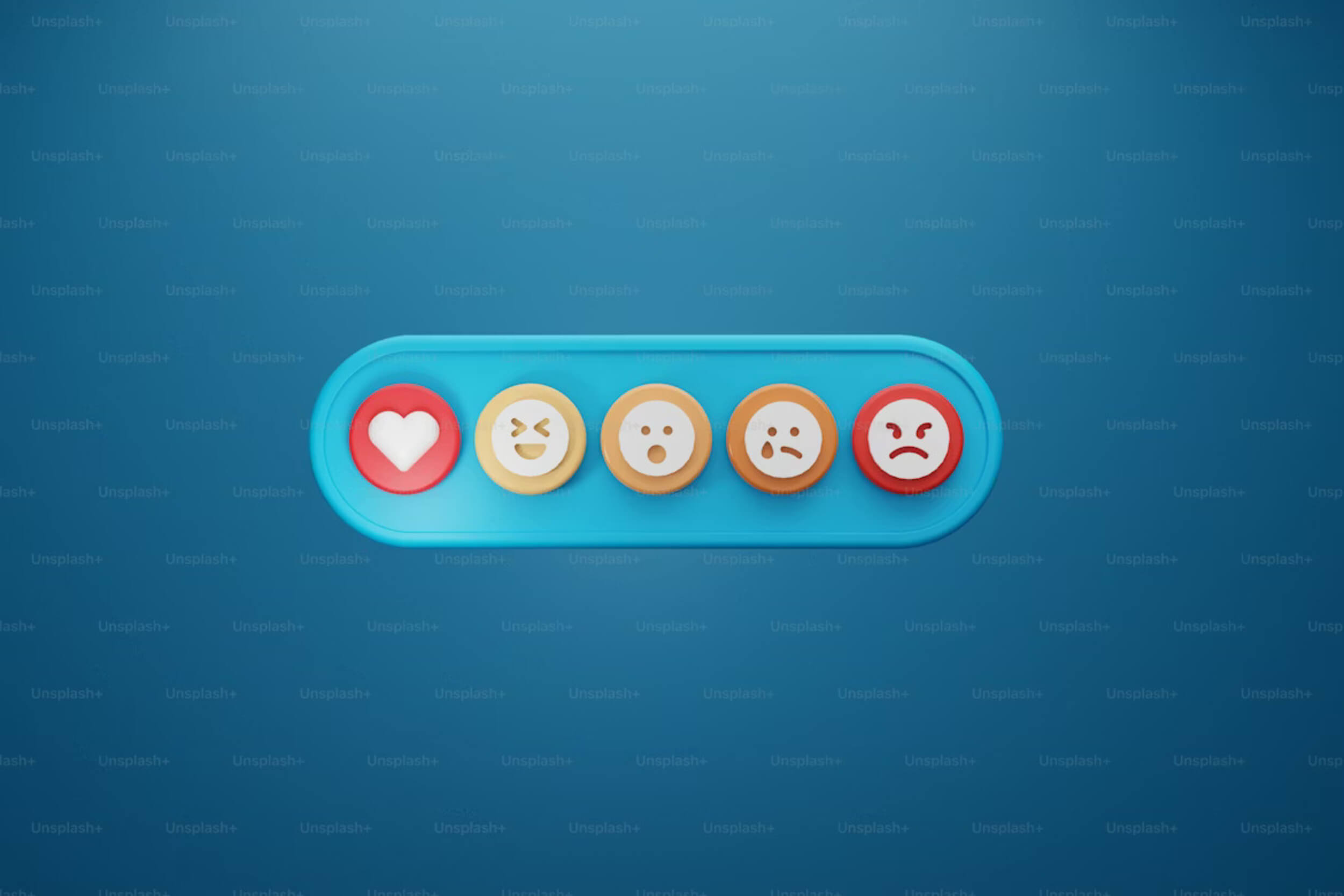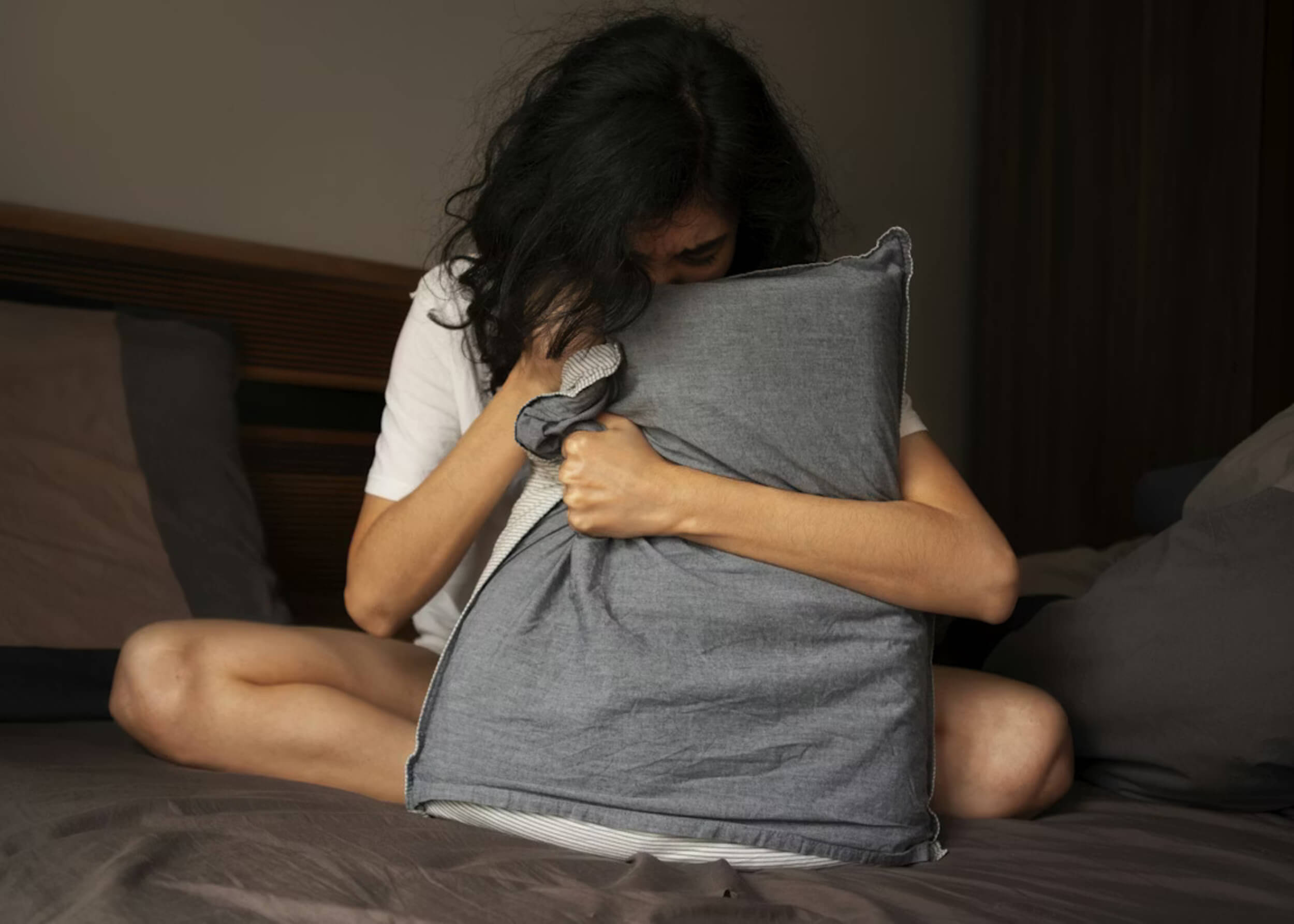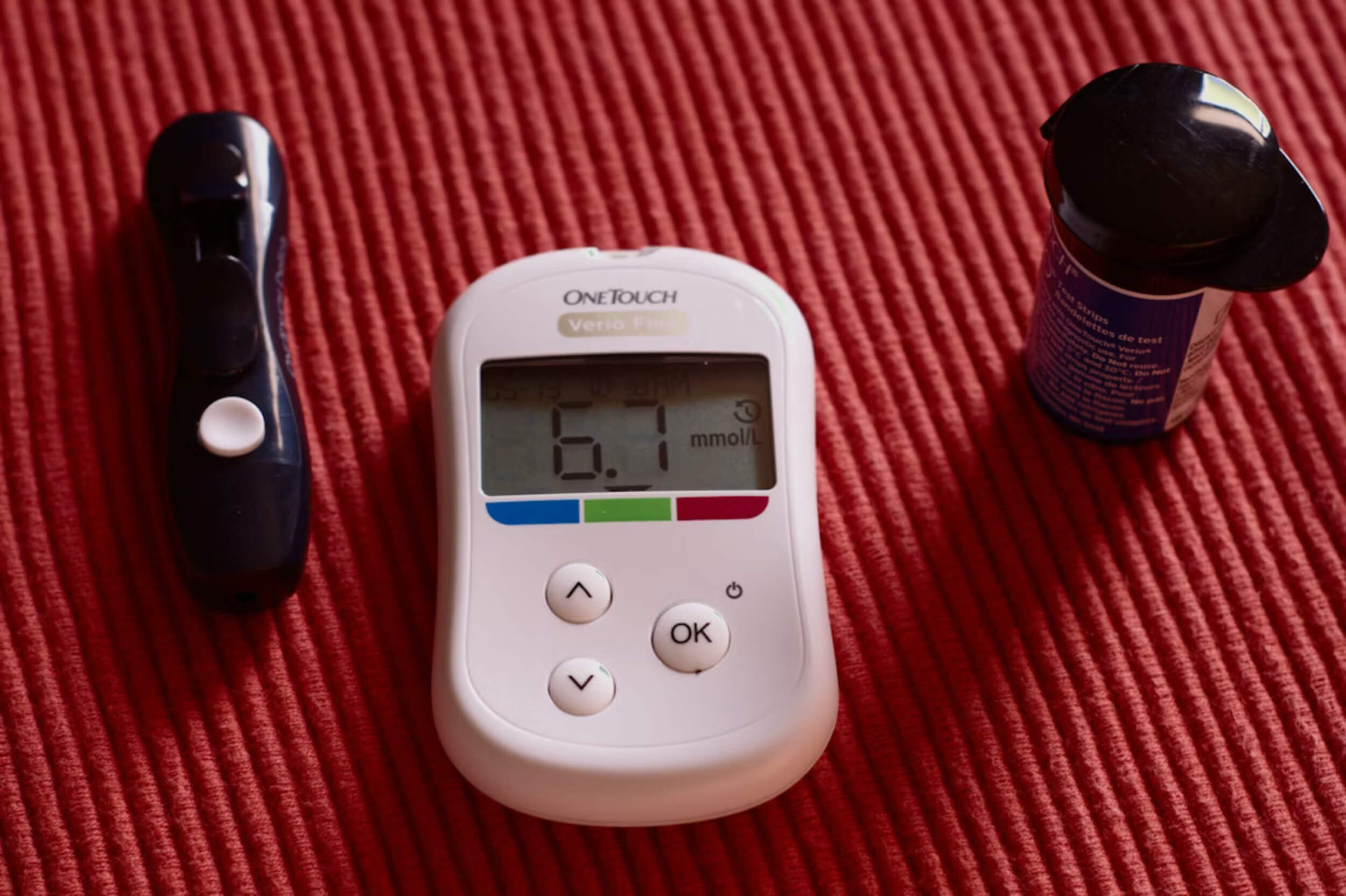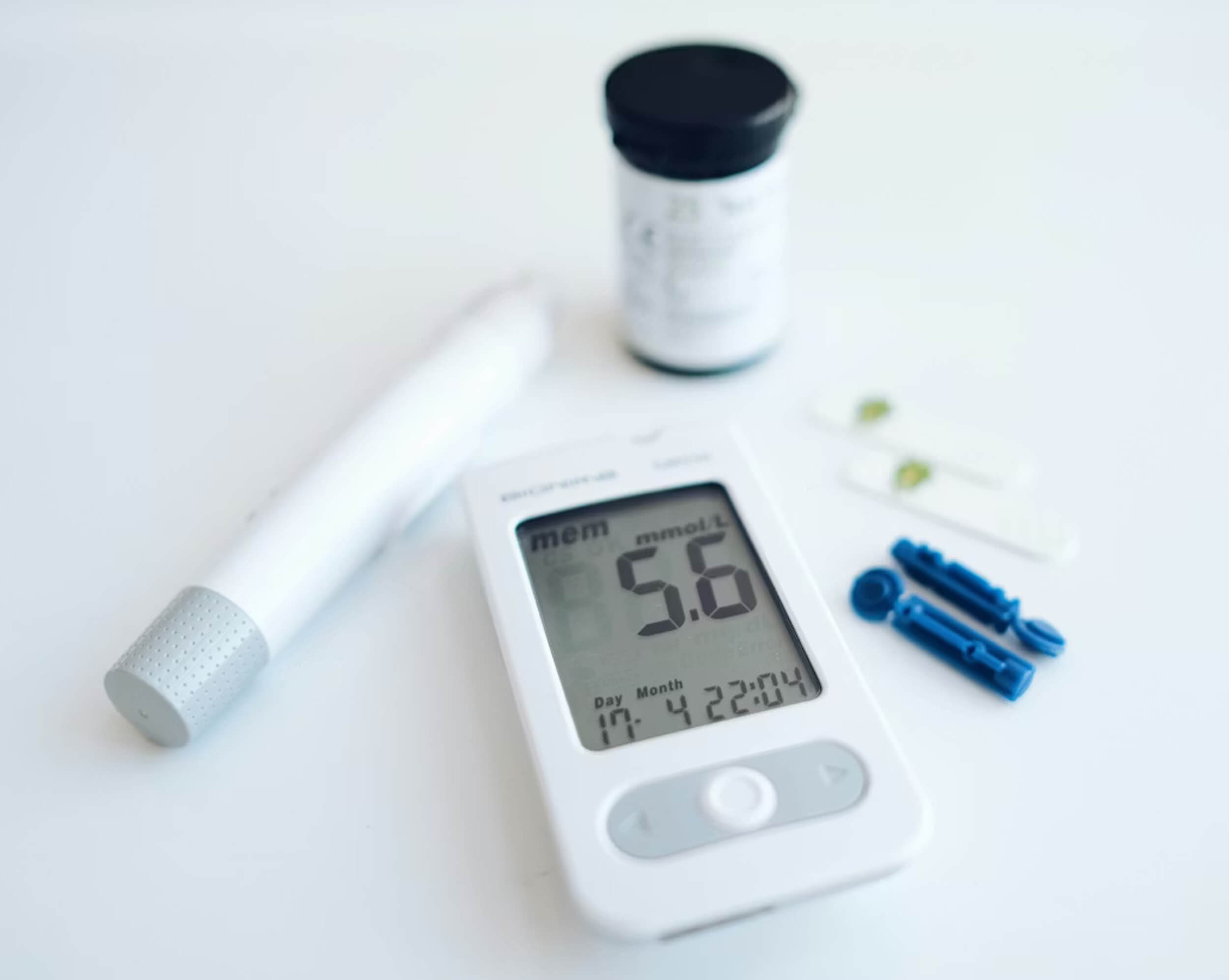Leg cramps strike without warning, turning a peaceful night or a simple walk into a painful, frustrating experience. One moment, everything feels fine, and the next, your muscles tighten like a knot, refusing to relax.
Most people blame dehydration or low potassium, but what if those aren’t the real reasons? Scientists have uncovered surprising causes that often go unnoticed—issues with nerve function, circulation, or even medications might be the real culprits. Could one of these hidden triggers be behind your cramps?
Understanding what’s really causing your leg cramps is the first step to stopping them. This article breaks down four unexpected reasons why they happen—and, more importantly, what you can do to prevent and relieve them. If cramps have been getting in the way of your sleep, workouts, or daily routine, the solution might be simpler than you think.
What Are Leg Cramps?
Leg cramps happen when a muscle tightens up suddenly, making it hard to move or relax. They mostly strike in the calves but can also affect the thighs or feet. The pain can be sharp and intense, almost like the muscle is being squeezed from the inside. Unlike restless leg syndrome, which makes you feel like you need to move, leg cramps cause the muscle to contract and stay tight for a while.
Some cramps disappear in seconds, while others can hold on for several minutes. Even after the cramp releases, the muscle might feel sore for hours. In some cases, cramps come and go, making it tough to get comfortable, especially at night.
Anyone can get leg cramps, but they’re more common in certain groups. Older adults experience them more often because muscles and tendons naturally change with age. Athletes push their muscles hard, making cramps more likely. Pregnant women also deal with them due to circulation changes and muscle strain. People with certain medical conditions, like diabetes or nerve disorders, may also struggle with frequent cramps.
4 Surprising Reasons You Get Leg Cramps
1. Dehydration Isn’t Always the Culprit – It’s Electrolyte Imbalance
Most people assume that leg cramps happen because they don’t drink enough water. While dehydration can play a role, it’s often not the real issue. The real problem? An imbalance of key minerals like sodium, potassium, magnesium, or calcium. These electrolytes help muscles contract and relax properly, and when levels are off, painful cramps can follow.
Why does this happen?
- Intense sweating from exercise can drain electrolytes faster than water.
- A poor diet lacking in essential minerals can lead to imbalances.
- Certain medications, like diuretics, flush out minerals that muscles need.
What to Do:
- Eat more foods rich in electrolytes, like bananas, nuts, and leafy greens.
- If recommended by a doctor, consider electrolyte supplements.
- Limit caffeine and alcohol, as they can deplete essential minerals.
2. Your Nervous System May Be Overactive
The nervous system controls muscle movements by sending signals that tell muscles when to contract and relax. But when nerves misfire or become overstimulated, muscles can tighten up suddenly, leading to painful leg cramps.
What causes this?
- Conditions like Parkinson’s or neuropathy can cause nerve misfiring.
- Chronic stress and anxiety overstimulate nerves, making muscles more prone to cramping.
- Lack of sleep can make the nervous system more sensitive, triggering cramps at night.
What to Do:
- Reduce stress with relaxation techniques like deep breathing or meditation.
- Improve sleep habits, since poor rest can make nerve-related cramps worse.
- If cramps are frequent and severe, talk to a doctor about possible nerve issues.
3. Your Circulation Isn’t Optimal
Good blood flow is essential for healthy muscles. When circulation is poor, oxygen and nutrients don’t reach muscles as they should, leading to cramps. If your legs often feel cold or tingly, circulation issues could be the hidden cause.
What affects circulation?
- Sitting for long periods, like at a desk job or during long flights.
- Varicose veins, which make it harder for blood to flow properly.
- Peripheral artery disease (PAD), a condition where narrowed blood vessels reduce circulation.
What to Do:
- Move every 30 minutes if you sit for long hours to keep blood flowing.
- Try compression socks to improve circulation in the legs.
- Stretch before bed to help prevent nighttime leg cramps.
4. Your Medications Might Be the Hidden Trigger
Many people don’t realize that certain medications can interfere with muscle and nerve function, leading to leg cramps. Some drugs deplete essential minerals, while others affect nerve signals, making cramps more likely.
Common culprits include:
- Diuretics, which flush out potassium and magnesium.
- Statins, used for cholesterol, which can cause muscle pain and cramping.
- Beta-blockers and antidepressants, which may interfere with nerve signals.
What to Do:
- Check if leg cramps are a side effect of any medication you’re taking.
- Talk to your doctor about possible alternatives if cramps are severe.
- Stay hydrated and eat a balanced diet to counteract medication side effects.
- In some cases, a mild muscle relaxant may help, but only under medical supervision.
How to Stop Leg Cramps Instantly
Leg cramps can be intense, but quick action can make a big difference. As soon as a cramp starts, stretching the muscle can help ease the tightness. Straighten your leg and pull your toes toward you to relieve calf cramps, or gently stretch the affected area.
Massaging the cramped muscle can also help loosen it up. Applying heat with a warm towel or heating pad can relax tight muscles, while ice can reduce soreness if the pain lingers.
Getting up and walking around may also help the muscle relax, especially if the cramp happens during the night. The key is to act fast—ignoring a cramp can make it worse and lead to lingering soreness. By responding quickly with these simple techniques, you can stop the pain and get back to feeling normal.
How to Prevent Leg Cramps Long-Term
Staying ahead of leg cramps starts with simple daily habits. Drinking enough water is important, but keeping electrolytes balanced matters just as much. Regular exercise, especially low-impact activities like swimming or yoga, can keep muscles strong and flexible. Stretching before bed is another easy way to loosen tight muscles and lower the risk of nighttime cramps. Wearing supportive footwear can also prevent unnecessary strain.
Some cramps are harmless, but if they happen often or come with swelling, numbness, or weakness, it’s time to see a doctor. Frequent, severe cramps might be a sign of an underlying issue, like nerve damage or circulation problems. If leg cramps are interfering with your daily life, getting checked out can help find the real cause and the best solution.
Conclusion
Leg cramps can be frustrating, but they don’t have to take over your life. Scientists have found that electrolyte imbalances, nerve issues, poor circulation, and even certain medications can all play a role. The good news? Most of these causes have simple solutions.
Making small changes, like eating a balanced diet, stretching regularly, and staying active, can make a big difference in preventing cramps. Paying attention to symptoms and noticing patterns can also help you figure out what’s triggering them.
If leg cramps are happening too often, lasting too long, or causing severe pain, checking in with a doctor is a smart move. Getting the right answers can help you find relief and keep cramps from coming back. With the right approach, leg cramps don’t have to be something you just put up with.







